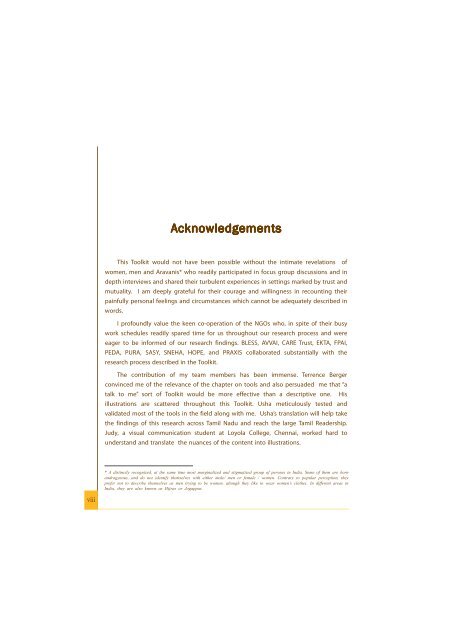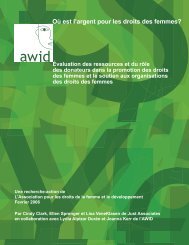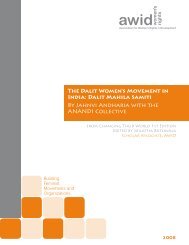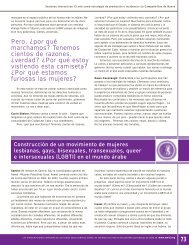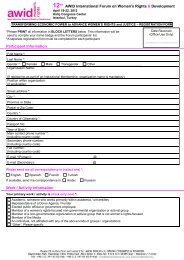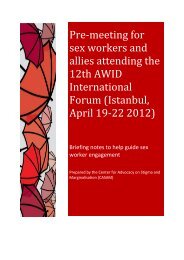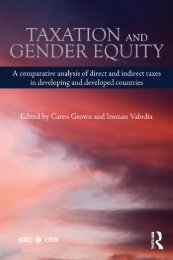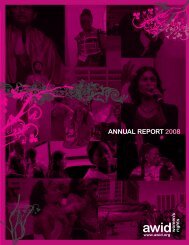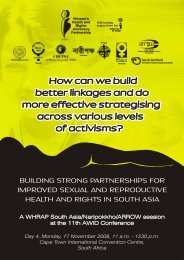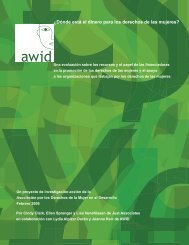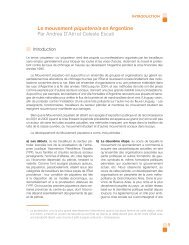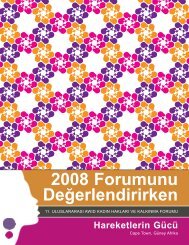Gender Sensitive Disaster Management : A Toolkit for ... - Eldis
Gender Sensitive Disaster Management : A Toolkit for ... - Eldis
Gender Sensitive Disaster Management : A Toolkit for ... - Eldis
You also want an ePaper? Increase the reach of your titles
YUMPU automatically turns print PDFs into web optimized ePapers that Google loves.
Acknowledgements<br />
This <strong>Toolkit</strong> would not have been possible without the intimate revelations of<br />
women, men and Aravanis* who readily participated in focus group discussions and in<br />
depth interviews and shared their turbulent experiences in settings marked by trust and<br />
mutuality. I am deeply grateful <strong>for</strong> their courage and willingness in recounting their<br />
painfully personal feelings and circumstances which cannot be adequately described in<br />
words.<br />
I profoundly value the keen co-operation of the NGOs who, in spite of their busy<br />
work schedules readily spared time <strong>for</strong> us throughout our research process and were<br />
eager to be in<strong>for</strong>med of our research findings. BLESS, AVVAI, CARE Trust, EKTA, FPAI,<br />
PEDA, PURA, SASY, SNEHA, HOPE, and PRAXIS collaborated substantially with the<br />
research process described in the <strong>Toolkit</strong>.<br />
The contribution of my team members has been immense. Terrence Berger<br />
convinced me of the relevance of the chapter on tools and also persuaded me that “a<br />
talk to me” sort of <strong>Toolkit</strong> would be more effective than a descriptive one. His<br />
illustrations are scattered throughout this <strong>Toolkit</strong>. Usha meticulously tested and<br />
validated most of the tools in the field along with me. Usha’s translation will help take<br />
the findings of this research across Tamil Nadu and reach the large Tamil Readership.<br />
Judy, a visual communication student at Loyola College, Chennai, worked hard to<br />
understand and translate the nuances of the content into illustrations.<br />
* A distinctly recognized, at the same time most marginalized and stigmatized group of persons in India. Some of them are born<br />
androgynous, and do not identify themselves with either male/ men or female / women. Contrary to popular perception, they<br />
prefer not to describe themselves as men trying to be women, altough they like to wear women’s clothes. In different areas in<br />
India, they are also known as Hijras or Jogappas.<br />
viii


